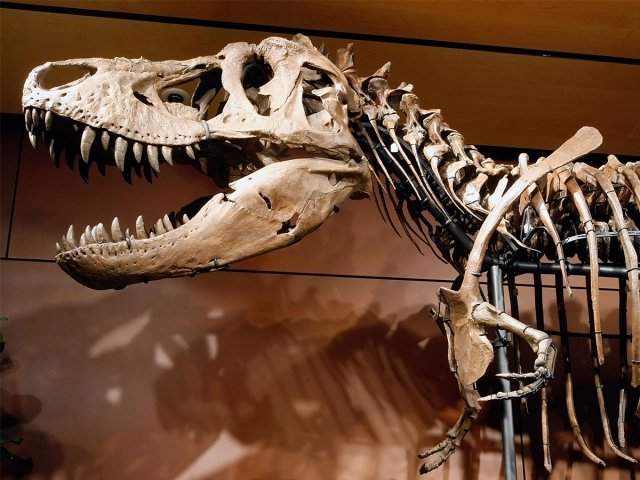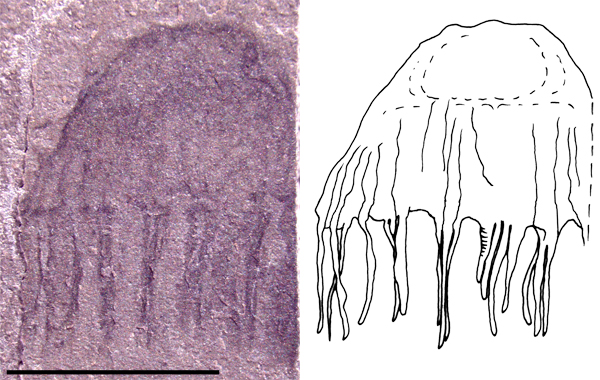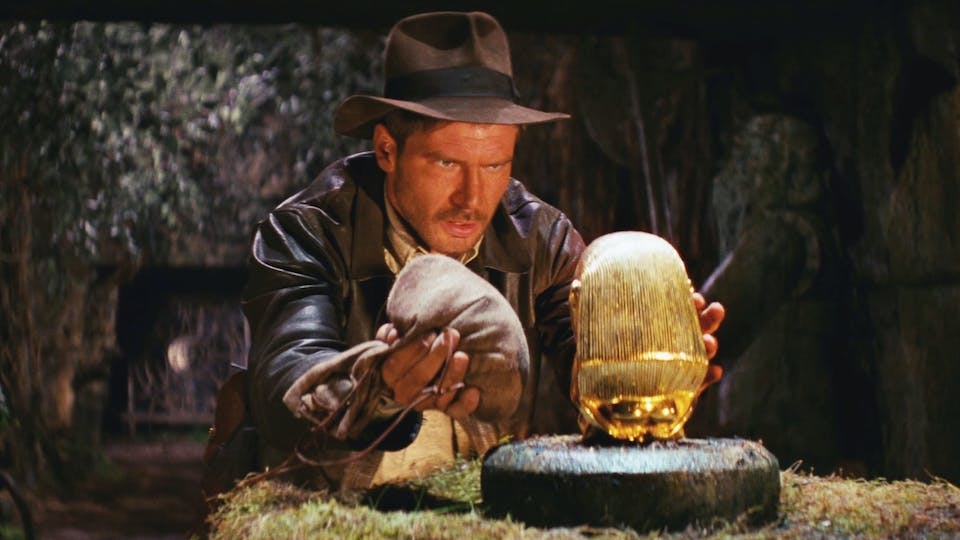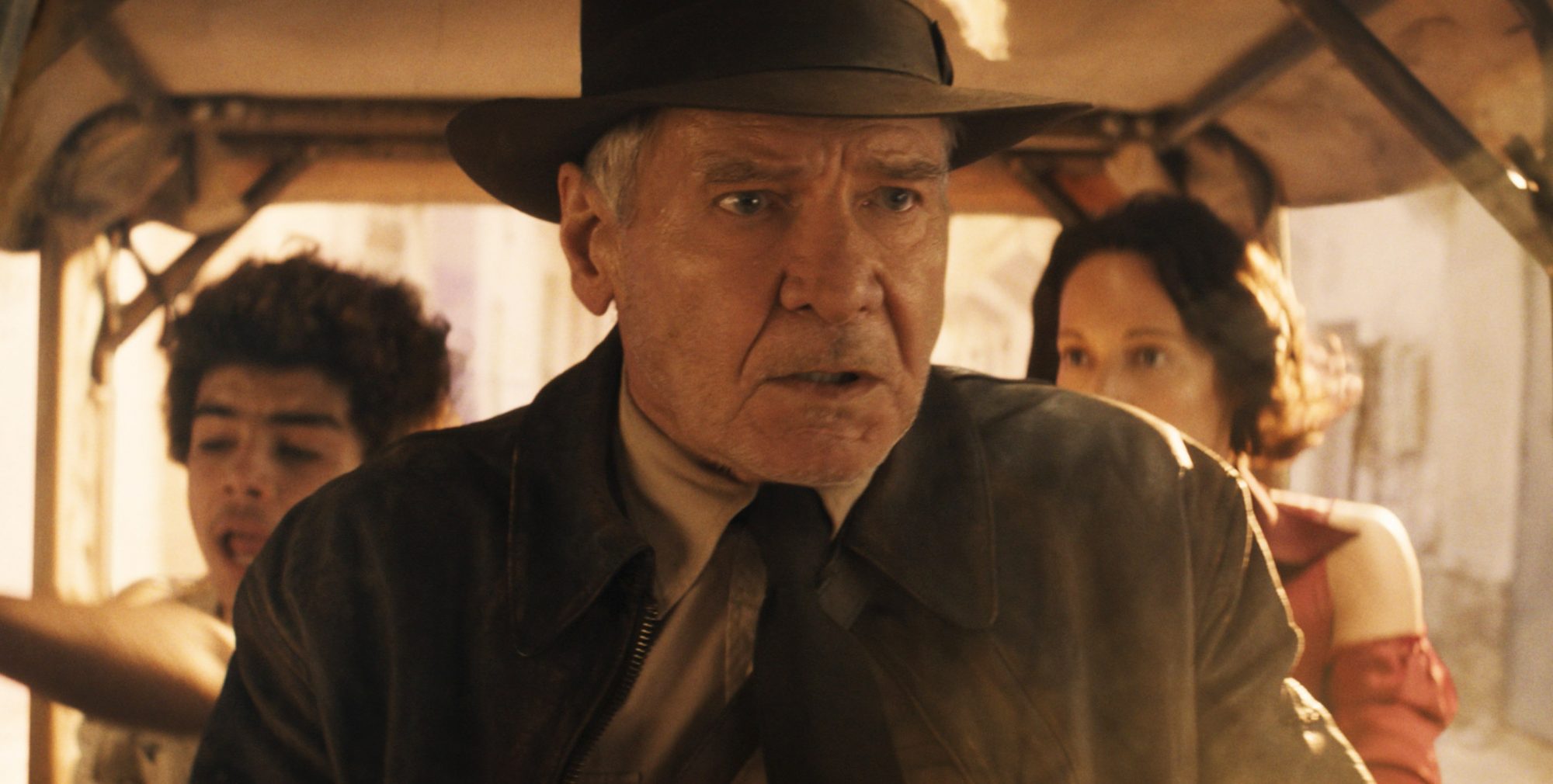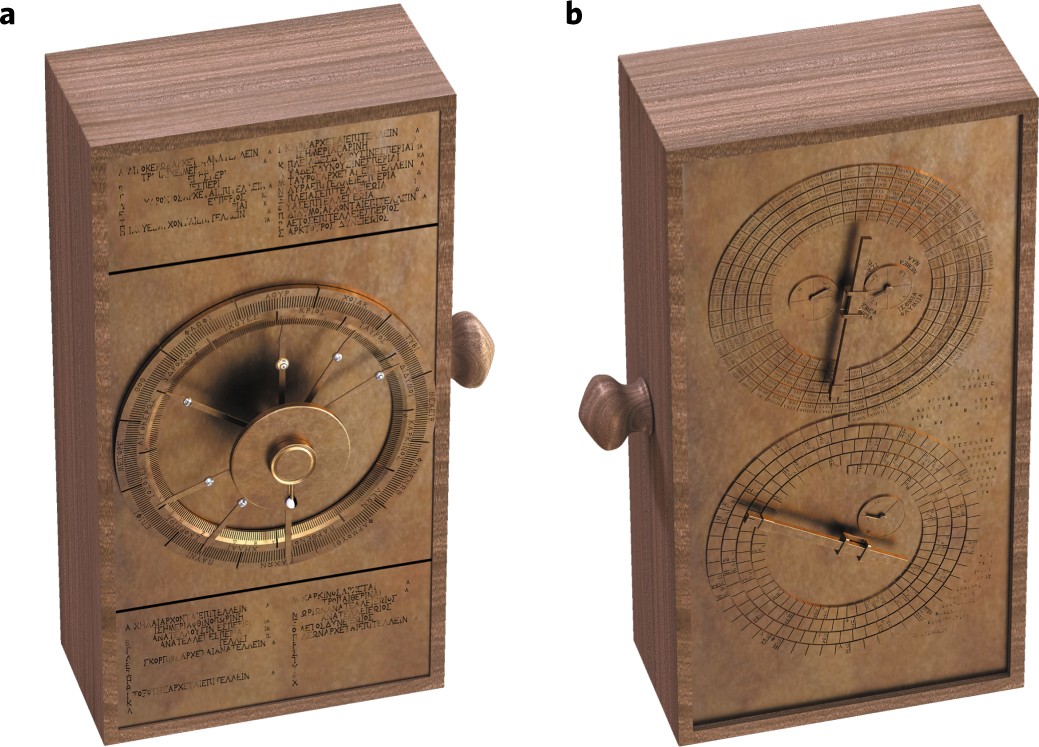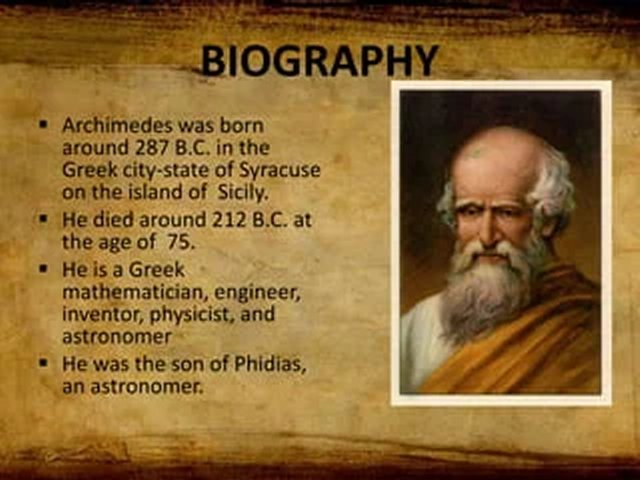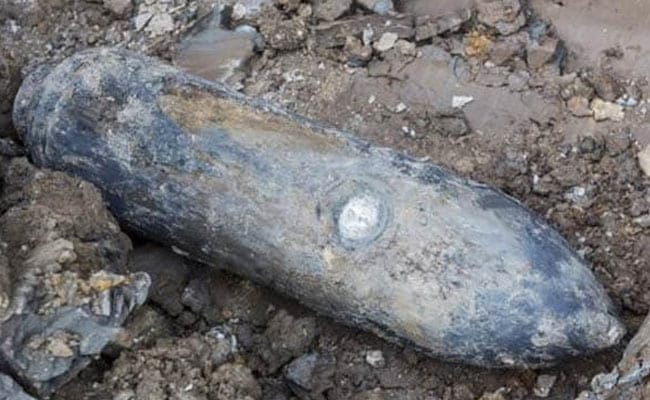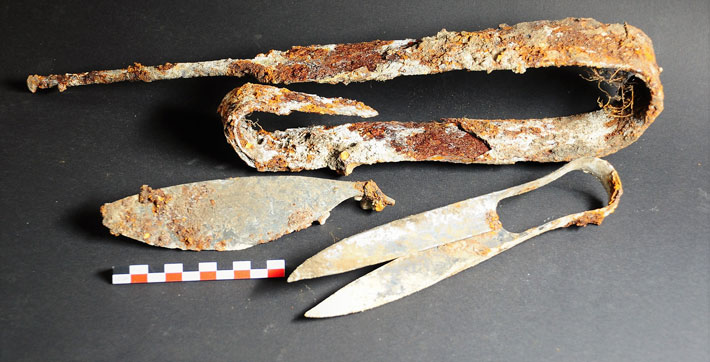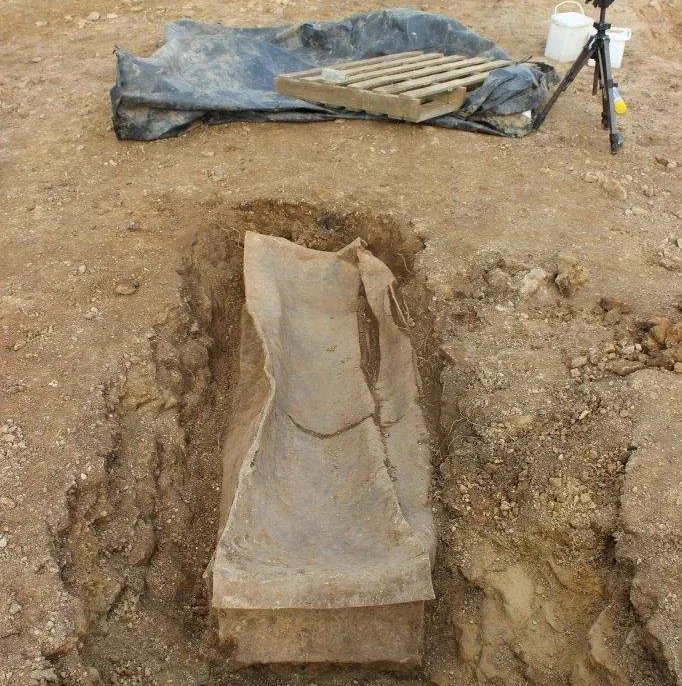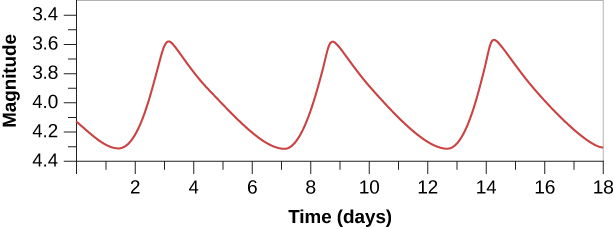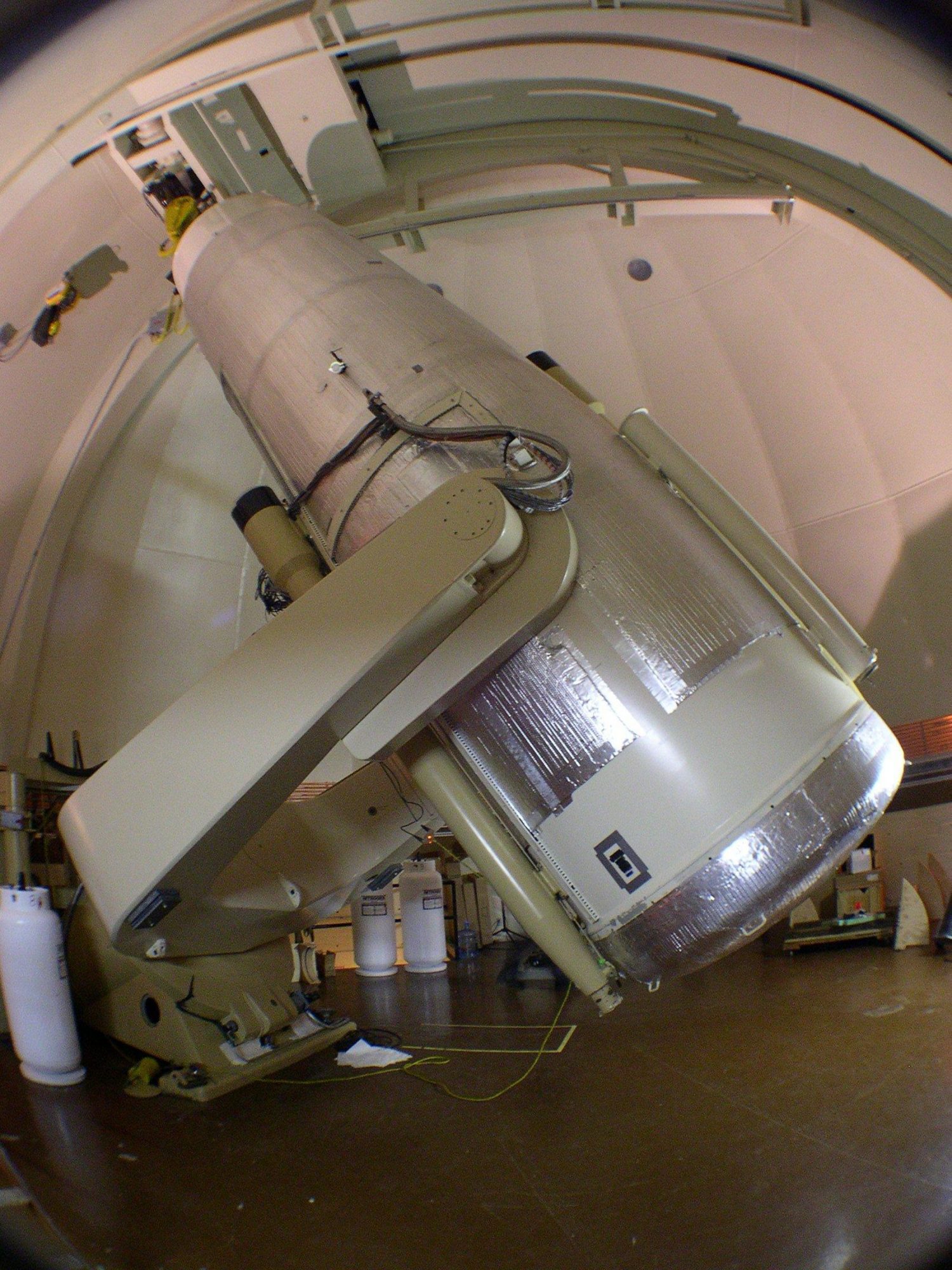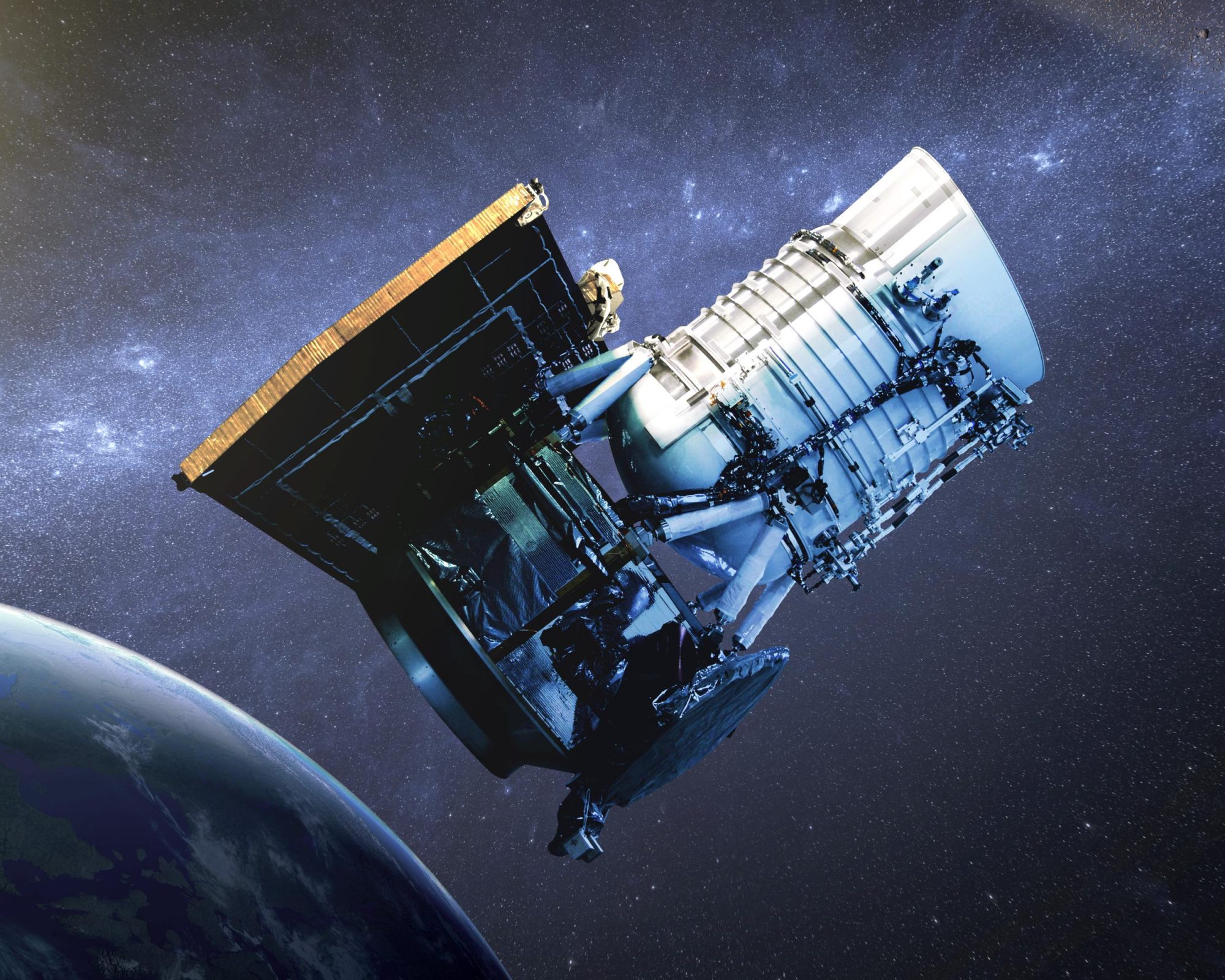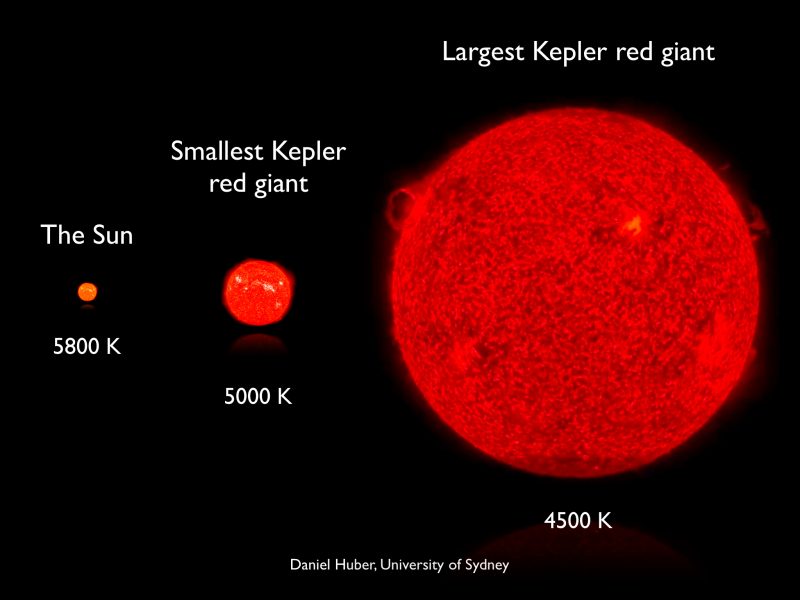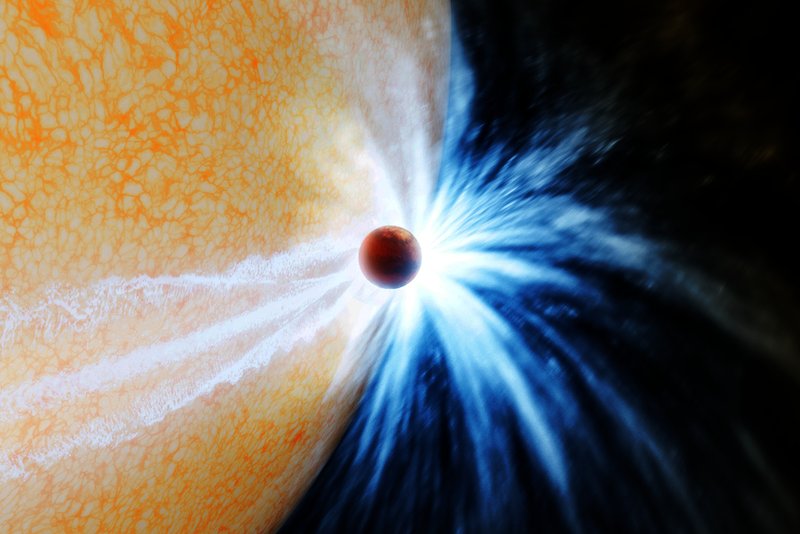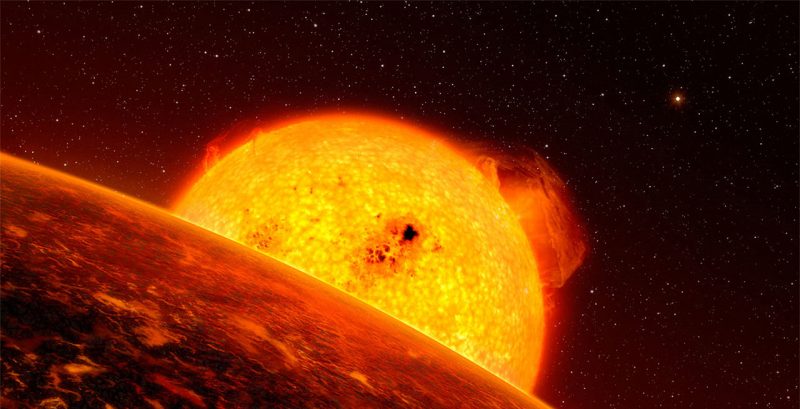Any regular reader of this blog would have to expect that I would be seeing, and reviewing the new film ‘Oppenheimer’ as soon as possible. After all, the development of the atomic bomb, and the man (played by actor Cillian Murphy) who directed that development, are watershed moments in the history of science in general, and physics in particular.

Now, ‘Oppenheimer’ is not the film industry’s first attempt at telling the story of the Manhattan Project, to use the code word for the building of the first nuclear weapon. Shortly after World War 2 the film ‘The Beginning, or the End’ was the first while two other notable efforts are ‘Fat Man and Little Boy’ along with the TV movie ‘Day One’. There’s even a grand operatic telling of the story, ‘Doctor Atomic’ by the composer John Adams.

Those movies concentrated on the building of the bomb however while ‘Oppenheimer’ deals much more closely with the man. Based upon the book ‘American Prometheus’ by Kai Bird and Martin Sherwin, Christopher Nolan’s film includes portions of Oppenheimer’s life both before the war, and more tragically after.

As a director Christopher Nolan likes to use the time-skipping, stream of consciousness style, in ‘Oppenheimer’ we are actually present at the Atomic Energy Commission’s review of Oppenheimer’s security clearance in 1954 and that hearing is then used as a setting for a series of flashbacks into portions of Oppenheimer’s life.

Beginning with a tour of Europe by the new doctor of Physics Oppenheimer meets other important physicists like Niels Bohr and Werner Heisenberg while learning about the new physics being developed in the 1920s. It’s also during this time that Oppenheimer becomes acquainted with American Physicist I. I. Rabi (played by David Krumholtz) who became a great friend of Oppenheimer but who rarely gets mentioned in stories about the Manhattan Project for reasons I will discuss in a little while.
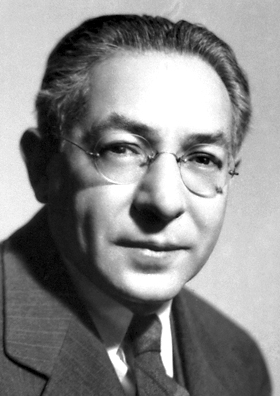
After learning the secrets of Quantum Mechanics in Europe Oppenheimer returns to the US where he joined the faculty of UC Berkeley and became the theoretical counterpoint to experimentalist Ernst Lawrence (played by Josh Hartnett). The gentle antagonism between these two was actually one of my favourite parts of the movie.
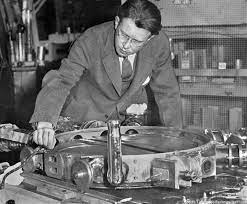
While at Berkeley Oppenheimer also becomes involved with left-wing politics, his brother, his wife (played by Emily Blunt) and several close friends were all one-time members of the communist party although Oppenheimer himself never joined. These associations would later prove to be Oppenheimer’s downfall.

The central portion of ‘Oppenheimer’ is of course his years as the scientific director of the Manhattan Project and leading scientist at Los Alamos labouratory. Oppenheimer was chosen for the position over several Nobel laureates by General Leslie Groves (Played by Matt Damon) for reasons that are still a bit murky, Groves just seemed to trust Oppenheimer more than the other, more prestigious physicists. Unlike the other versions of this story in ‘Oppenheimer’ Enrico Fermi and the other scientists at the University of Chicago have minor roles simply because they rarely interacted with Oppenheimer.
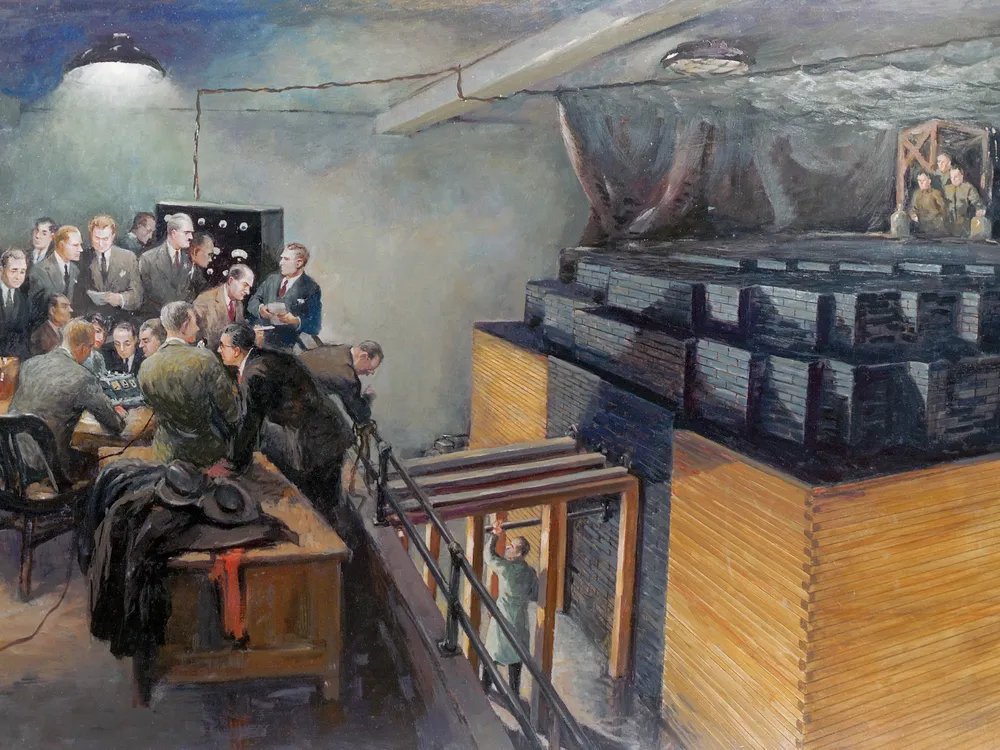
Although I knew very well many of the details of the development of the A-bomb director Nolan still managed to make this portion of the movie engrossing and at times thrilling. Even though many filmgoers would be unfamiliar with nuclear physics and might be confused by such terms as isotopes, implosion and critical mass Nolan refused to turn his movie into a science lecture. ‘Oppenheimer’ is about the people who believed they were doing the right thing by building the most powerful weapon ever rather than the actual science of building a bomb. All the scientists at that time believed that the Nazi were also working on a bomb and were certain that with such men as Heisenberg the Germans had a 12-18 month head start.
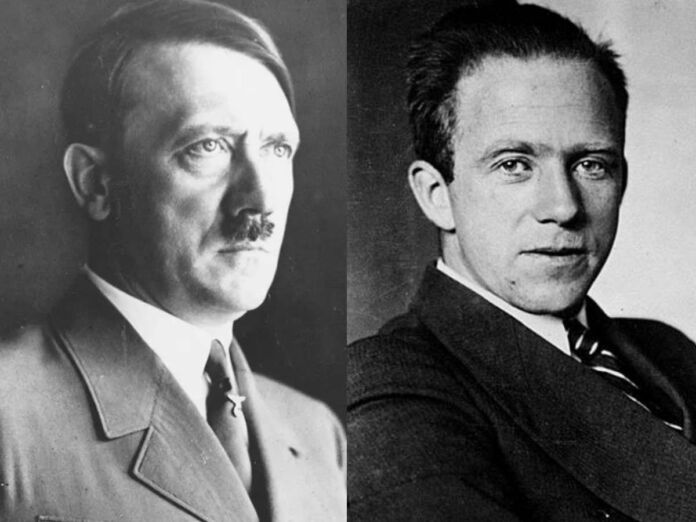
After the war, and after Hiroshima and Nagasaki, many of those who worked on the Manhattan Project hoped to find some way to prevent an arms race, to stop the proliferation of nuclear weapons, to ‘put the nuclear genie back in the bottle’. In particular Oppenheimer’s opposition to the development of the even more powerful Hydrogen Bomb made him a number of enemies among the anti-communist politicians of the early 1950s. One in particular was Lewis Strauss (Played by Robert Downey Jr.) head of the Atomic Energy Commission. It was Strauss who orchestrated the hearings on Oppenheimer’s security clearance, using Oppenheimer’s known associations with communist party members back in the 1930s to question his loyalty. Many people today believe that it was the rescinding of his clearance that broke Oppenheimer, he stayed well out of the public eye for the rest of his life, but perhaps it was simply the final straw.

My one complaint about ‘Oppenheimer’ deals with the portrayal of physicist I. I. Rabi. As I mentioned above Rabi is rarely mentioned in other stories about the first atomic bomb because despite his friendship with Oppenheimer he refused to join the Manhattan Project. In ‘Oppenheimer’ however Rabi plays a large role and the movie actually includes the scene where Rabi turns down Oppenheimer’s request to work on the project. In fact the movie seems to imply that Rabi was a pacifist who did not contribute to America’s war effort.

Nothing could be further from the truth. Rabi was a central figure at MIT’s Radiation Labouratory developing the radar systems that gave the allies a tremendous advantage over the axis powers. After the war Rabi was known to say, “The Atomic Bomb may have ended the War, but Radar won it!”


As a film ‘Oppenheimer’ is a great achievement, a thought provoking view on one of the most important moments in history and the man at the center of it. The acting is simply superb, the effects outstanding, the direction taught and engrossing. ‘Oppenheimer’ is just one of the best movies to come along in a long time so go see it. In Greek mythology Prometheus stole fire from heaven and brought it to men. For that the Gods chained him to a rock and tortured him for eternity. Oppenheimer’s greatest achievement, along with how he was treated afterwards, mirrors the Prometheus story in many ways.

